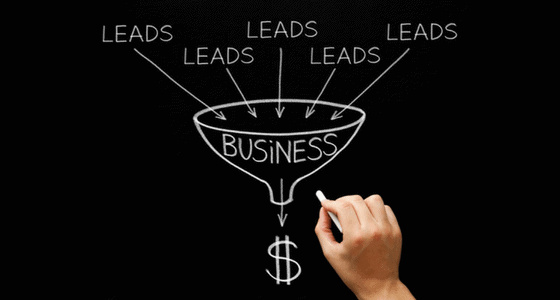Real Marketing Basics : RM 101: Week 1
*Updated January 2021.

Welcome to Real Marketing 101
This is a nontraditional class where I will be learning the basics of digital marketing by working for Honeypot Marketing as an intern. Rather than taking notes and writing exams, I will be recording what I've learned through this blog. Join this class by following along with my RM101 blog series.
Coming into my first week at Honeypot, I was feeling confident in my level of marketing knowledge. Although I have experience with influencer marketing, e-commerce, and have studied marketing in school, I quickly realized that working for an agency would present a new kind of hands-on challenge.
Seeing as I come from a content-dominated background, I asked if I could spend more time learning about the technical side of digital marketing. That will, therefore, be the primary focus of RM101. We dove straight into AdWords first.
The Intern vs. Google AdWords
Starting off with the basics, Roland explained different types of keywords we use for advertising purposes and how they impact your quality score within Google AdWords. It turns out you can't just throw money at the wall to run a good campaign.
Quality Score
Your quality score assesses how closely the ad itself matches the page where your ad directs customers.
Quality score factors include:
- the keywords on which you're bidding
- the copy on your landing page
- the name of your ad group
If these factors share similar words, then your quality score will be higher.
Whether or not you'll win the 'auction' for the keywords depends on:
- Your quality score
- Your bid amount
Companies winning the top ad space can't just pay for a high cost per click, but the ad's SEO also be well done. With just one or the other, companies won't rank nearly as high as they could.
Application
In order to optimize an ad and lower the CPC, Roland ensured the keywords also appeared in the group name and landing page. He paid special attention to the title, headers, and select points in the body copy.
This is a good example of a seemingly minor detail that can make a huge difference in performance marketing. It also emphasizes the importance of hiring someone who pays attention to these details.
Warning!
Although it’s necessary to include keywords in as many places as possible, you don’t want to go overboard. Google can sense when you’re trying too hard to rank for a keyword and will penalize you for it.
We call this keyword stuffing. Google ranks you lower because you’re overusing keywords. Never attempt it.
It’s better just to keep things sounding natural. Katie pointed out that if you have a blog post of about 750 words, it’s safe to include your keyword phrase around four times. This ensures that it isn’t annoyingly obvious that you're trying to rank for a given keyword. If people notice it, then Google will, too.
Funnels
In addition to SEO, I’ve spent a large portion of my week learning about sales funnels and customer relations management (CRM). I used to think of this as simply sending an email every few days with the goals of providing value and trying to upsell a customer. I’d never considered the number of elements that go into creating a funnel.
Below is a great resource from Replyco that takes a deep dive into CRM technology, with some eye-opening statistics for 2021!
50+ CRM Stats All Sellers Need to Know for 2021 - To truly understand how this technology can affect your business and why every company should be using it, Replyco looks at some recent CRM facts and stats that all sellers need to know for 2021 and beyond.
Targetting
First, you need an event to trigger the funnel's automations. This can take the form of a customer providing their email, but it can also be as simple as a customer clicking a particular link.
We begin targeting customers as soon as they engage with the website. We can track exactly what they do and where they go on the website, then use that information to market something to them at the right place and time.
For instance, we’d advertise Product XYZ to individuals who spent a lot of time browsing for similar products, because we already know that they’re interested.

At the same time, they may have entered their email somewhere on the website, so we can now target them with email campaigns. At this point, we’re staying at the top of their minds by advertising to them through multiple channels, which is very important when aiming to convert them into customers.
Closing
That summarizes the basics I’ve learned in Week 1 of RM101. Check in next week for more marketing basics! As time goes on this course will be less about sporadic weekly teachings and more about in-depth application—stay tuned.
One funnel tactic that I found notably intuitive was referred to as a tripwire. A tripwire is a very inexpensive, attractive offer that’s made to potential customers.
Rather than aiming to gain a customer’s attention by offering them free services or products, it can be beneficial to actually charge them a small amount instead. Why? This small purchase turns them into a customer.
Although this might not seem like a big deal, it creates a stronger bond (in the customers' mind) with your brand than if you had just given away free products. In other words, customers are much more likely to return to the company that already delivered a product or service successfully than one that gave them something for free.
Good to know!


